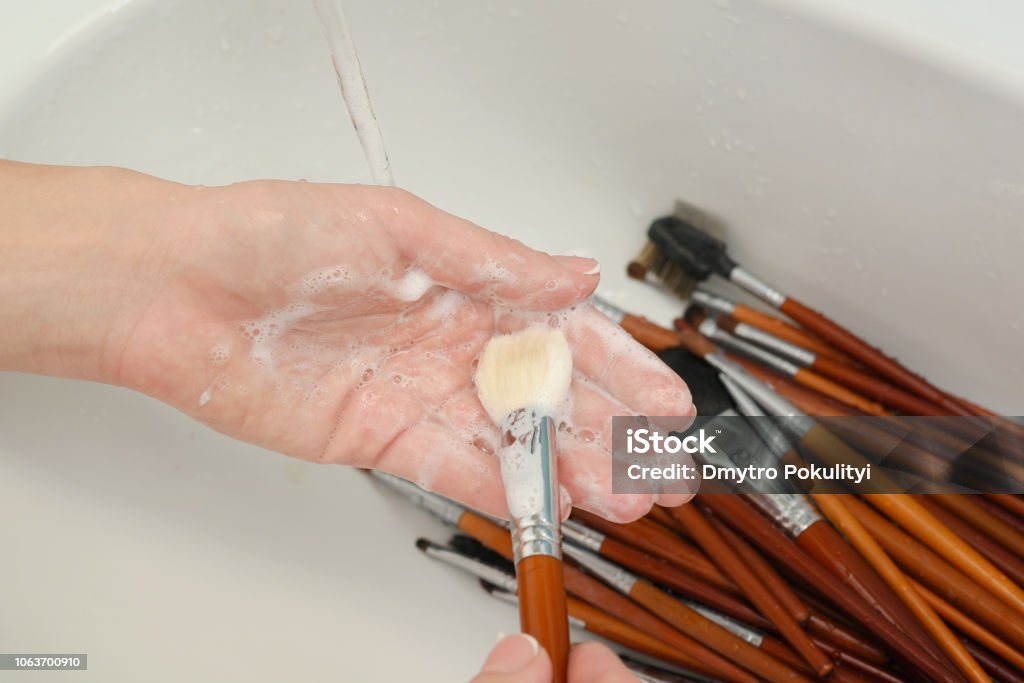
How to Keep Food Warm for a Party
How to Keep Food Warm for a Party? Hosting a party involves meticulous planning, from sending out invitations to decorating the venue. One crucial aspect often overlooked is how to keep food warm throughout the event. Whether you’re hosting an intimate dinner or a large gathering, ensuring that your culinary delights remain at the perfect temperature is essential for a successful party. In this comprehensive guide, we’ll explore various strategies and techniques to help you keep your food warm and your guests satisfied.
Introduction
How to Keep Food Warm for a Party? When hosting a party, one of the biggest challenges is maintaining the temperature of your dishes. Nothing spoils the mood faster than cold, unappetizing food. Whether you’re serving hors d’oeuvres, main courses, or desserts, keeping everything warm is key to a memorable dining experience.
Preparation and Planning
The key to successfully keeping food warm during a party is preparation. Start by planning your menu with dishes that are easy to keep warm, such as casseroles, stews, and dishes that can be served in chafing dishes or slow cookers. Make a list of the equipment you’ll need, including chafing dishes, sternos, insulated food carriers, and serving utensils.
Hot Holding Techniques
How to Keep Food Warm for a Party: Invest in chafing dishes and sternos to keep food warm on the buffet table. These convenient setups use canned fuel to generate heat, ensuring that your dishes stay at the perfect serving temperature. Insulated food carriers are another excellent option for transporting hot dishes to a party without compromising their temperature.
Utilizing Kitchen Appliances
Your kitchen appliances can be valuable allies in the quest to keep food warm. Ovens can be used to hold dishes at a low temperature until they’re ready to be served, while slow cookers are perfect for keeping soups, stews, and dips warm throughout the party. Warming drawers are also great for holding cooked dishes at a consistent temperature.
Presentation Matters
How to Keep Food Warm for a Party: In addition to keeping food warm, presentation is crucial for impressing your guests. Invest in decorative serving trays and platters to showcase your culinary creations. Not only do they add an elegant touch to your buffet table, but they also help retain heat.
Strategies for Outdoor Parties
Outdoor parties present unique challenges when it comes to keeping food warm. To combat the elements, consider using portable heating sources such as propane heaters or electric warming trays. You can also insulate your serving dishes with towels or blankets to help retain heat.
Maintaining Safety Standards
How to Keep Food Warm for a Party: While keeping food warm is essential, it’s equally important to maintain food safety standards. Be sure to monitor the temperature of your dishes regularly, keeping hot foods above 140°F (60°C) to prevent bacterial growth. Use a food thermometer to ensure accuracy.
Creative Solutions
Get creative with your food-warming techniques by using decorative covers and wraps to insulate your dishes. Not only will they help retain heat, but they’ll also add a decorative touch to your buffet table.
DIY Heating Solutions
If you’re in a pinch, there are plenty of DIY heating solutions you can try. Insulating containers with towels or aluminum foil can help retain heat, while improvised heat sources such as candles or tea lights can provide additional warmth.
Serving Timeline
How to Keep Food Warm for a Party: Plan your serving timeline carefully to ensure that your dishes are served at their optimal temperature. Start by preheating your serving dishes and chafing dishes before transferring your food. Serve hot dishes in small batches to ensure that they stay warm throughout the event.
Reheating Tips
If your dishes start to cool down during the party, don’t panic. Safely reheat them using methods such as the microwave or stovetop. Just be sure to monitor the temperature carefully to avoid overcooking.
Guest Considerations
How to Keep Food Warm for a Party: When planning your menu, be mindful of your guests’ dietary preferences and restrictions. Offer a variety of options to accommodate everyone, including vegetarian, vegan, and gluten-free dishes. Make sure to label dishes accordingly to help guests make informed choices.
Cleanup and Storage
After the party, be sure to clean up promptly and store any leftovers safely. Divide leftovers into small, airtight containers and refrigerate or freeze them within two hours to prevent spoilage.
Budget-Friendly Options
Hosting a party can be expensive, but there are plenty of budget-friendly options for keeping food warm. Repurpose household items like towels, blankets, and even aluminum foil to insulate your dishes and retain heat.
Conclusion: How to Keep Food Warm for a Party
Keeping food warm for a party doesn’t have to be stressful. With proper planning and the right techniques, you can ensure that your dishes stay warm and delicious throughout the event. By following the tips outlined in this guide, you’ll be well-equipped to host a successful and memorable party for your guests.
Frequently Asked Questions
Q1: How long can food safely sit out at room temperature during a party?
A1: Food should not sit out at room temperature for more than two hours to prevent the growth of harmful bacteria.
Q2: Can I reheat leftovers more than once?
A2: It’s best to avoid reheating leftovers more than once to minimize the risk of foodborne illness. If reheating, ensure that the food reaches an internal temperature of 165°F (74°C).
Q3: What’s the best way to transport hot dishes to a party?
A3: Insulated food carriers are the best option for transporting hot dishes to a party while keeping them at a safe serving temperature.
Q4: How can I keep food warm without using electricity?
A4: DIY heating solutions, such as wrapping dishes in towels or using insulated coolers, can help keep food warm without electricity.
Q5: What should I do with leftover food after the party?
A5: Leftover food should be promptly refrigerated or frozen to prevent spoilage. Divide leftovers into small, airtight containers for easy storage.
See More










